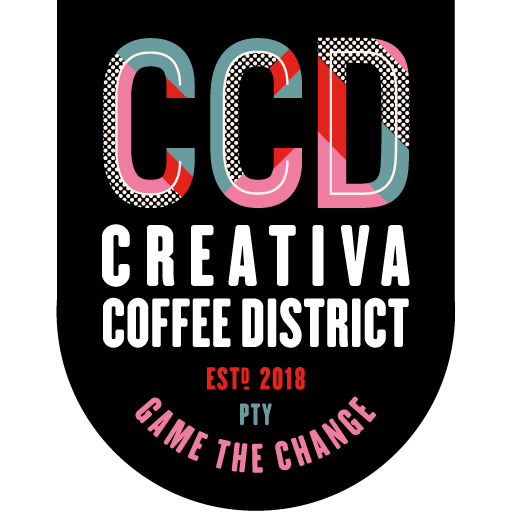
In order to get started with our artistic residency, I wanted to work with a local artist and an artist from another Central American country, since we share the practice and culture of cultivating coffee within this region. I invited the artists Ana Elena Garuz and Adán Vallecillo to a 14-day residency with the purpose of investigating and developing projects relevant to the area. Artist-curator Ramón Zafrani was also invited to curate this first investigation, as well as to accompany these processes and the definition of the works resulting from the program. It fills me with joy to see Ana Elena and Adán be able to manipulate pieces and materials that were once part of the equipment of one of the most important coffee plantations in the country because it allows us to rescue this particular piece history in Panama, while also exploring its evolution and the legacy that was left by previous generations. Working in this environment loaded with history has been a memorable undertaking. I am very grateful to the team behind these two productions and to the support of the CCD team.
María Lucía Alemán, Director of the CCD art program
The facilities of the old Central Coffee Mill are full of artifacts, machinery, and spaces charged with historical value, which activates a variety of discourses on the evolution of industrialized processes of coffee-making, including the social footprints of various communities, and the cultural spectrum that revolves around the industry in the Boquete region. While a huge abandoned metal silo can be seen as evidence of the massive volumes of coffee that were once processed on this site, a handwritten sign on a wall reveals the human side of the communities that worked in this mill over the years. In this sense, the artists Ana Elena Garuz (Panama) and Adán Vallecillo (Honduras) were invited to reflect on different contents that are somehow wrapped up with the coffee-making region. They investigated the structures of the site in an archeological way, generating pieces based on concepts surrounding the coffee mill and its environment.
Ramón Zafrani, guest curator
The Artists

Adán Vallecillo
(Honduras) Studied art and sociology in Honduras and Puerto Rico. The methodology of his artistic practice is multifaceted, since it is fed by the realization of site-specific projects, informed by a socio-aesthetic outlook that seeks to activate multiple strategies of resignification of different materials, actions and objects.
Adán Vallecillo presents a commentary on the obsolete mechanisms of the mass-production of coffee, and how these have been replaced by more sustainable, artisanal and traditional methods. He worked with a series of metallic helixes that he found throughout the site. These gear parts used to be responsible for driving big amounts of coffee beans into channels in order to be transported through the mill. By subtly intervening these ancient tools, he is successful in creating a monument-like piece that reflects on the journey of the industrial revolution and what we see today as consequences of massive industrial processes. The different pieces that make up this monument are embedded vertically in concrete bases that perpetually prevent their rotation. However, the particular shape of the helixes creates the illusion that these pieces continue to move.
Ana Elena Garuz
(Panamá) Studied at the Savannah College of Art & Design and New York University. Her work is based on the use of fragmented images that she collects from the internet and magazines, in order to interpret urban spaces and the world around her with solid references to design and art history.
Ana Elena Garuz explores compositions that awaken aesthetic interests based on cut-outs, textures and materials that are recomposed as a result of a search for new interpretations. In this piece, she adapted her work process to the elements found in the rubble of the coffee plantation. She noticed a similarity between the tones of oxidized metal found on the site and the colors that coffee beans begin to acquire as a result of the fermentation and drying processes. Using fragments of metal plates as a starting point, she carefully selected them according to their oxidation layer. She then assembled a large-format composition on a wall in front of the drying patio. The shades of the metal plates will keep changing as they continue to oxidize over time. In parallel, the coffee beans on the floor in front of the piece will constantly mutate in color and shade as they dry and go through these habitual processes. The work alludes to the effects of climate on materials, comparing the conditions that deteriorate metal to a state of ruin, to that of the conditions that dry the coffee beans in order to be ultimately consumed.
.










